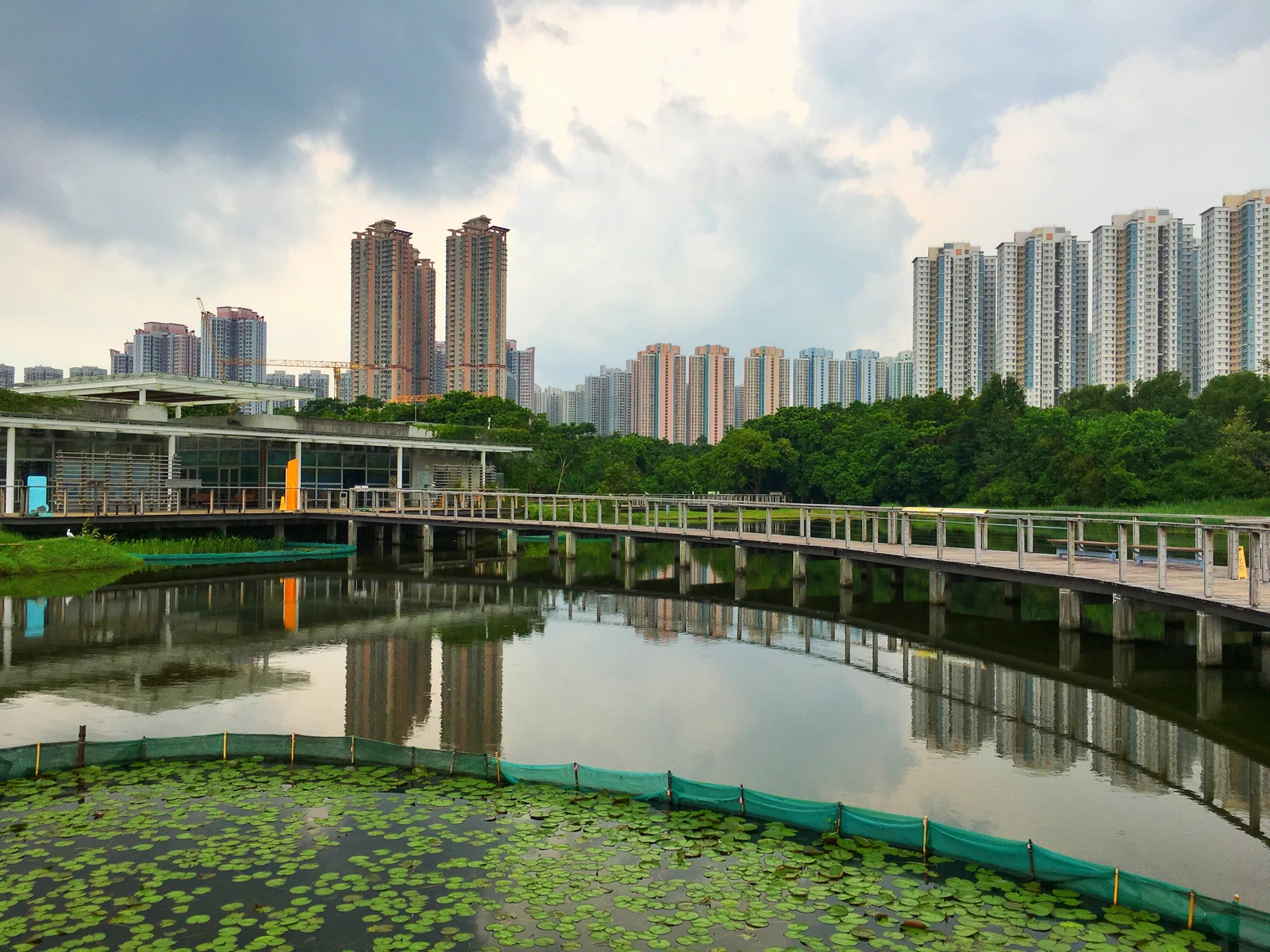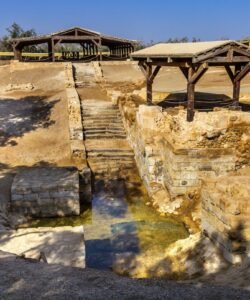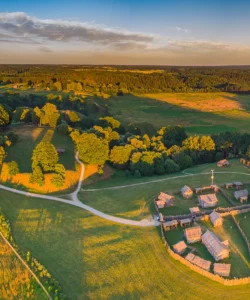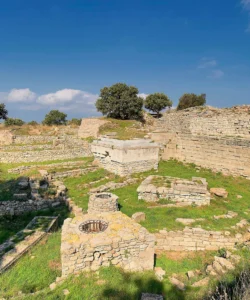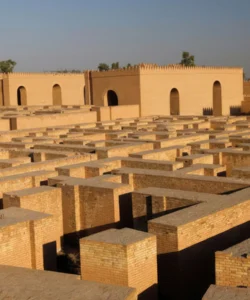Hong Kong Wetland Park is a unique and significant conservation, education, and tourism facility located in Tin Shui Wai, New Territories, Hong Kong. Conceived as an ecological mitigation area to compensate for wetlands lost during urban development, it has evolved into a world-class center dedicated to fostering public awareness and understanding of wetland ecosystems and their vital role in biodiversity.
![]()
Name: Hong Kong Wetland Park (香港濕地公園)
Address: Wetland Park Road, Tin Shui Wai, Yuen Long, New Territories, Hong Kong.
How to get there:
Hong Kong Wetland Park is accessible by public transport, though it’s located in the more rural Northwest New Territories:
- By MTR (Mass Transit Railway) + Light Rail: This is the most common way. Take the MTR West Rail Line to Tin Shui Wai Station. From there, transfer to the Light Rail (routes 705 or 706) and alight at Wetland Park Station. The park entrance is a short walk from the station.
- By Bus: Various public bus routes connect different parts of Hong Kong to Tin Shui Wai, with stops near the Wetland Park.
- By Taxi: Taxis can take you directly to the park. The journey from central Hong Kong Island or Kowloon can be lengthy.
- Driving: The park has limited parking spaces, so public transport is generally encouraged.
Landscape and Architecture:
Hong Kong Wetland Park seamlessly blends modern, award-winning architecture with meticulously recreated and enhanced wetland habitats:
- Visitor Centre (Wetland Interactive World): This impressive, multi-award-winning 10,000-square-meter visitor center is largely concealed beneath a green roof that rises like a natural hill from the landscape. This “eco-friendly” architectural design creates harmony between the built environment and the surrounding nature. Inside, it features:
- Themed Exhibition Galleries: Showcasing the importance of wetlands for biodiversity, civilization, and conservation through interactive displays, models, and live animals (like False Gharial crocodiles in a large aquarium).
- Theatre: For educational films and presentations.
- Indoor Play Area (Swamp Adventure): For children.
- Souvenir Shop and Resource Centre.
- Wetland Reserve (Outdoor Areas): This 60-hectare outdoor reserve comprises a variety of recreated and managed wetland habitats designed to attract and support diverse wildlife:
- Freshwater Marshes, Ponds, and Streams: Replicating natural wetland environments.
- Mangrove Boardwalk: A raised boardwalk that allows visitors to walk through a recreated mangrove forest, observing mudskippers, fiddler crabs, and other mangrove inhabitants up close.
- Bird Hides: Strategically located hides (overlooking fish ponds, mudflats, and riverside areas) provide excellent opportunities for birdwatching without disturbing the wildlife.
- Butterfly Garden: A dedicated area for butterflies and the plants they feed on.
- Pui Pui’s Home: A specially designed outdoor enclosure for Pui Pui, a famous saltwater crocodile rescued in Hong Kong, providing a safe and comfortable habitat for her.
- Sustainable Design: The park’s overall design emphasizes sustainability, with features like passive ventilation, natural lighting, and water recycling systems. It has won numerous architectural and landscape design awards.
What makes it famous:
Hong Kong Wetland Park is famous for:
- Pioneering “Ecological Mitigation”: It was originally built as a compensation measure for wetland loss due to urban development, making it a unique example of how development and conservation can coexist. It successfully upgraded a former Ecological Mitigation Area into a world-class facility.
- World-Class Conservation and Education: Its primary mission is to raise public awareness, knowledge, and understanding of wetlands’ values and the need for their conservation, especially in the East Asian region. It offers numerous guided tours, workshops, and educational programs.
- Biodiversity Hotspot (Man-made): Despite being largely a “constructed” wetland, it successfully attracts a wide array of wildlife, including over 250 species of birds (many migratory), 50 species of dragonflies, 160 species of butterflies, and various amphibians, reptiles, and fish. It’s particularly famous for attracting the endangered Black-faced Spoonbill.
- Award-Winning Architecture: Its Visitor Centre and overall landscape design have received numerous prestigious international awards for their innovative and harmonious blend of built environment and nature.
- Pui Pui, the Crocodile: The park houses Pui Pui, a famous crocodile that was captured in Hong Kong after a widely publicized “hunt” in the early 2000s. Her presence adds a unique story and a popular animal attraction.
- Barrier-Free Environment: The park is designed to be highly accessible, with ramps, lifts, tactile guide paths, and wheelchairs available for loan, ensuring a barrier-free experience for visitors with special needs.
Differences from some other wonders:
Hong Kong Wetland Park stands out from many other natural attractions or parks in several key ways:
- Purpose-Built for Mitigation and Education: Unlike a traditional national park formed for inherent natural beauty (like Terelj National Park) or a historical site (like Man Mo Temple), Wetland Park was specifically designed and built as an “ecological mitigation area”. Its primary purpose is not just recreation but to recreate and enhance wetland habitats, educate the public on their importance, and demonstrate sustainable co-existence. This “engineered nature” approach is a key differentiator.
- Integrated Indoor-Outdoor Experience: It offers a seamless transition between extensive indoor exhibition galleries (Wetland Interactive World) and large outdoor wetland habitats (Wetland Reserve). This allows for a comprehensive learning experience that combines interactive displays with direct observation of wildlife in recreated environments, which is more integrated than many other parks that might be purely outdoor or solely indoor museums.
- Focus on Wetland Ecology: While other parks might have diverse ecosystems, Wetland Park’s specialization in wetland ecology and its detailed exhibits on the unique flora and fauna of wetlands make it a focused and in-depth educational resource specifically for this often-overlooked habitat type.
- Contrasts with Mai Po Nature Reserve: While Mai Po Marshes Nature Reserve (a Ramsar site) is a vital natural wetland for migratory birds in Hong Kong, it has strict visitor access due to its high conservation value. Hong Kong Wetland Park, on the other hand, is designed for broader public access and education, making wetland conservation more approachable to the general public, even if it is a more “managed” and less “wild” experience than Mai Po.
- Urban Integration for Conservation: It represents a successful model of integrating a large-scale conservation facility adjacent to a high-density new town (Tin Shui Wai), demonstrating how urban development can incorporate significant ecological compensatory measures.
In essence, Hong Kong Wetland Park is a modern wonder that embodies Hong Kong’s commitment to environmental stewardship, offering an innovative and accessible blend of nature, education, and thoughtful design in a densely populated region.
